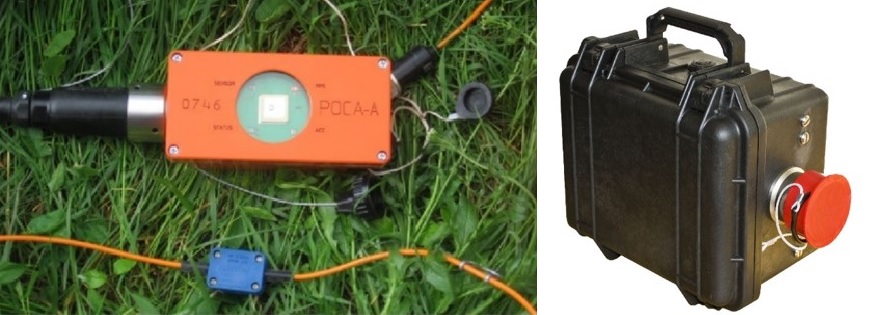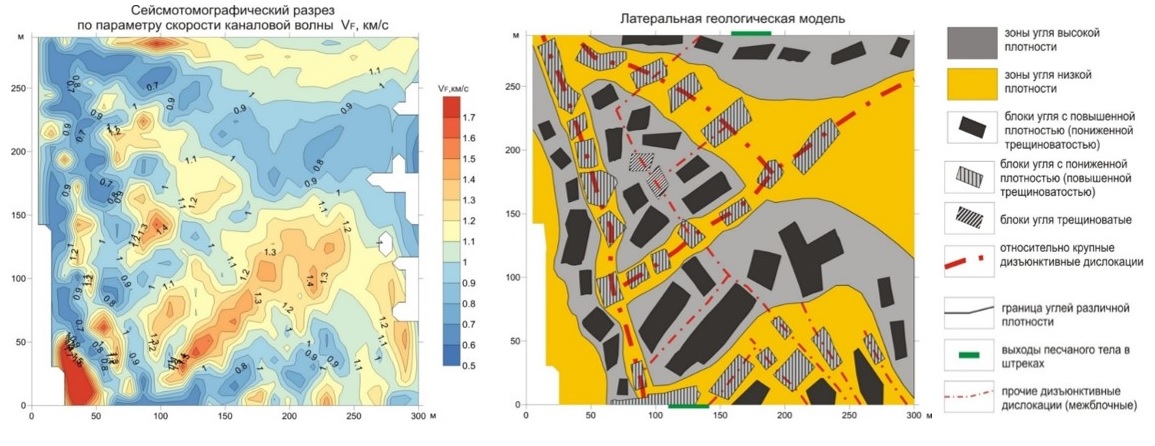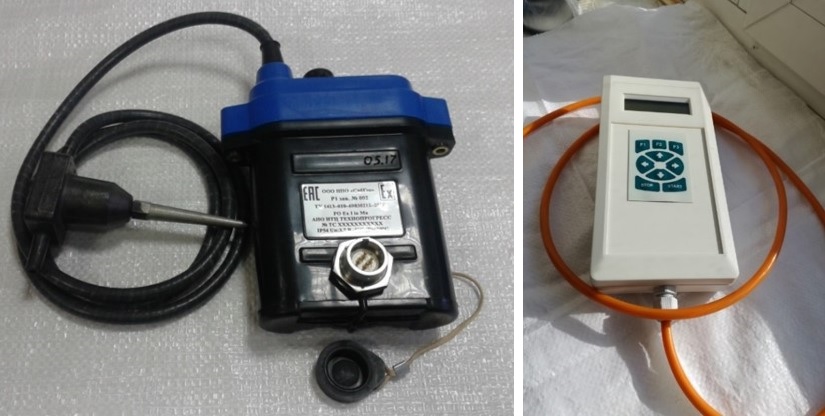A series of such devices was manufactured and tested by researchers from the Siberian Research Institute of Geology, Geophysics and Mineral Resources (SNIIGiMS) and the A.A. Trofimuk Institute of Petroleum Geology and Geophysics of the Siberian Branch of the Russian Academy of Sciences (IPGG SB RAS). The autonomous seismic stations developed by Novosibirsk specialists are designed for geotechnical surveys of surface and underground facilities in coal mines.
Why is this work important?
Profitability and occupational safety in coal mining depend on the mining and geological conditions that can complicate mining operations and coal extraction.
To improve the productivity and safety of coal mining, the development and application of geophysical methods, including seismic survey in its various modifications, is of great importance. Thus, estimating variations in coal seam morphology, including reducing thickness and encountering sand cuts, along with hazardous conditions in the coal massif is a critical aspect of coal mining, influencing mining methods, safety, and resource extraction and is possible with the studies of physical and mechanical parameters of rocks from mining excavations.
The autonomous devices (seismic stations ROSA-A, ROSA-AN (multichannel) and P1 (single-channel) seismic systems) which were repeatedly tested in mine conditions at the Kemerovo region have proven to be extremely helpful in collecting the necessary data.

ROSA-А and ROSA-AN
How did the devices perform?
Application of autonomous seismic systems in underground workings of coal mines in Kuzbass allowed specialists to study the internal structure of coal seams whose main elements were found to be represented by local high- and low-density zones. Under certain conditions, coal seam compaction and decompaction patches form, which affects the formation of coal bed methane (CBM) traps. Researchers also determined the conditions of their formation.

Results of measurements at the Sed’moye Noyabrya mine: Seismotectonic section represented by channel-wave signal (guided energy) velocity parameter (left image). Lateral geologic model including notations for : High-density coal zones; Low-density coal zones; Higher-density (lower fractured) coal blocks; Lower-density (higher fractured) coal blocks; Fractured coal blocks; Relatively large-amplitude tectonic faults; boundary between coals of different densities; Sand body outcrops in the wave tracking regions; Other(inter-block) faults (right image).
Each subsequent modification of the instrument was better adapted for mine conditions. Presently, autonomous single-channel seismic system P1 is recognized as the most appropriate, since its technical characteristics meet the requirements and technology of seismic works in mines with CBM and coal dust hazards, which is confirmed by the ‘PO Ex ia I Ma’ safety certificate, and also provide for high-accuracy measurements.

Autonomous single-channel seismic system P1 and operator's control panel
With integrated power supply, self-contained seismic system P1 weighs less than 1.5 kg, which is especially valuable and accessible for geotechnical monitoring in difficult conditions of underground and surface-underground facilities. This instrument can be used for collecting data on technical conditions of other structures like tunnels, bridges, etc., rather than mines alone.
The work was supported by the Program for Fundamental Scientific Research, project No. FWZZ-2022-0021 titled Regional characteristics of the structure of the Earth’s crust and upper mantle of the platform and orogen regions of Siberia, their stress-deformation state based on the data of seismology, gravimetry, and geomechanics.
These and other results were presented by A.S. Salnikov, D Sc (geol.-mineral.), lead research scientist of the Geophysical Research and Regional Seismicity laboratory of PGG SB RAS, at the International Conference “Subsoil use. Mining. Directions and technologies for mineral prospecting, exploration and development. Economics of oil and gas industry. Geoecology” held within the 21st Interexpo GEO-Siberia 2025 International Exhibition and Scientific Congress.
Published by IPGG Press Service
Illustrations by A.S. Salnikov